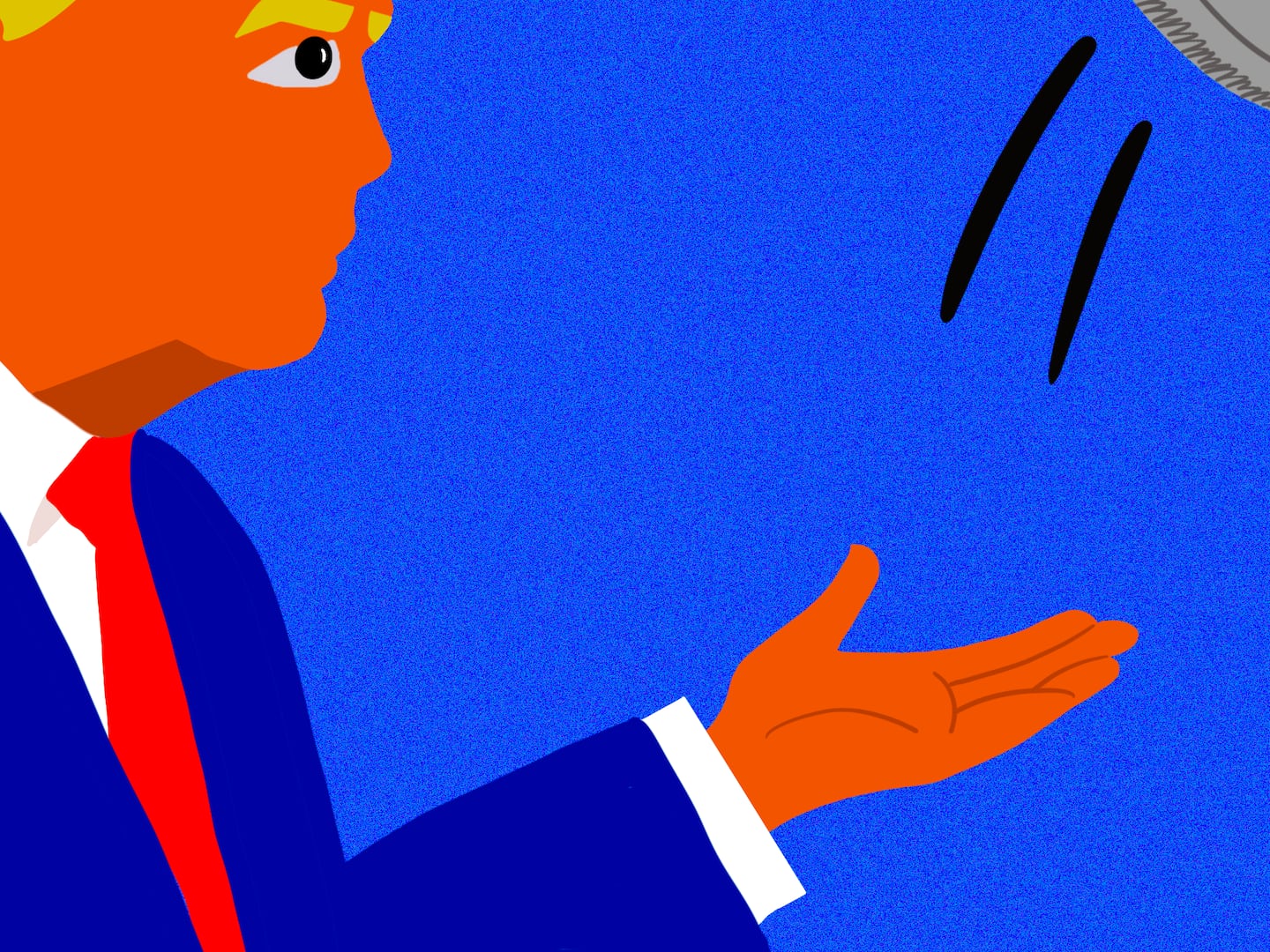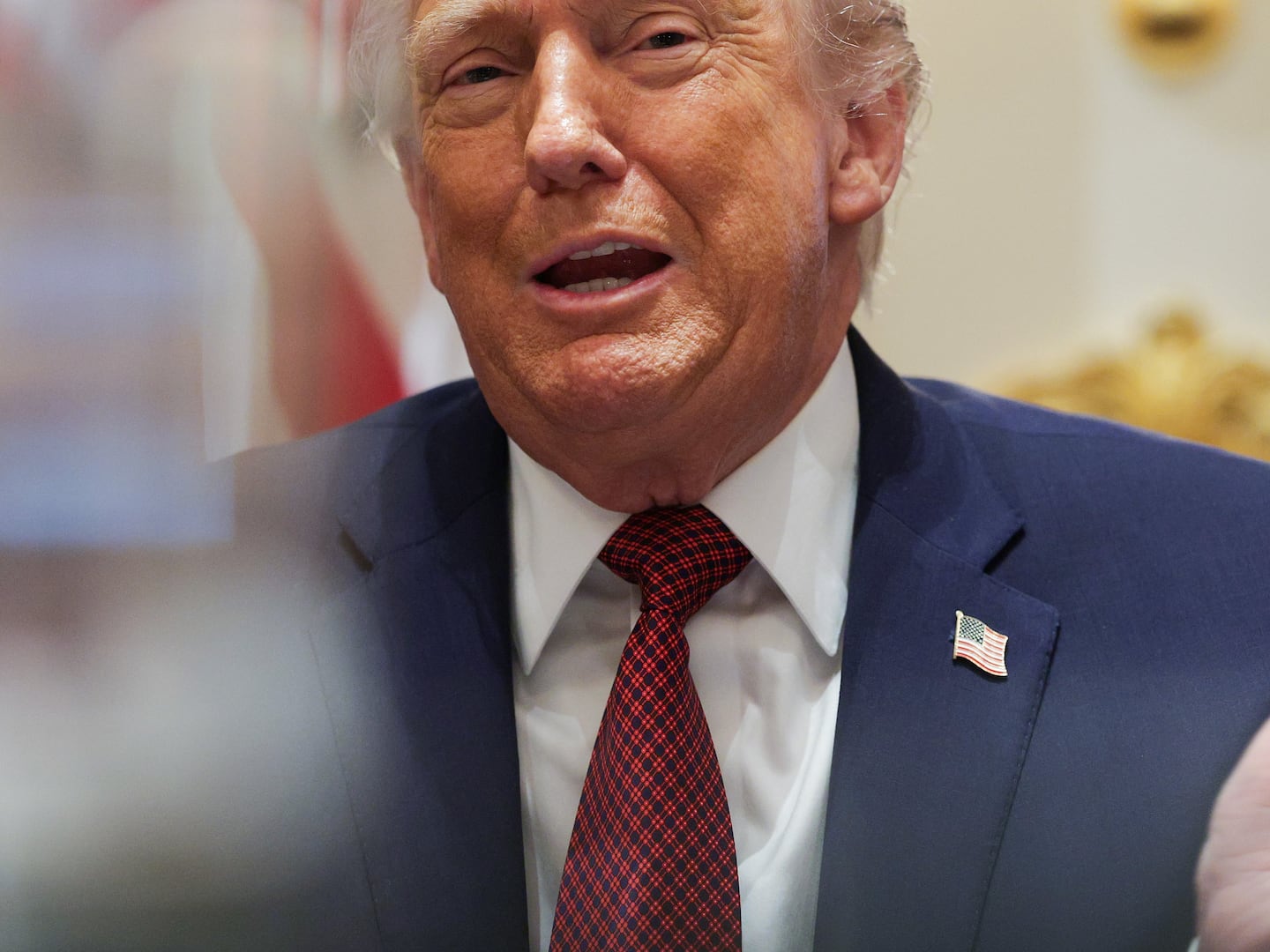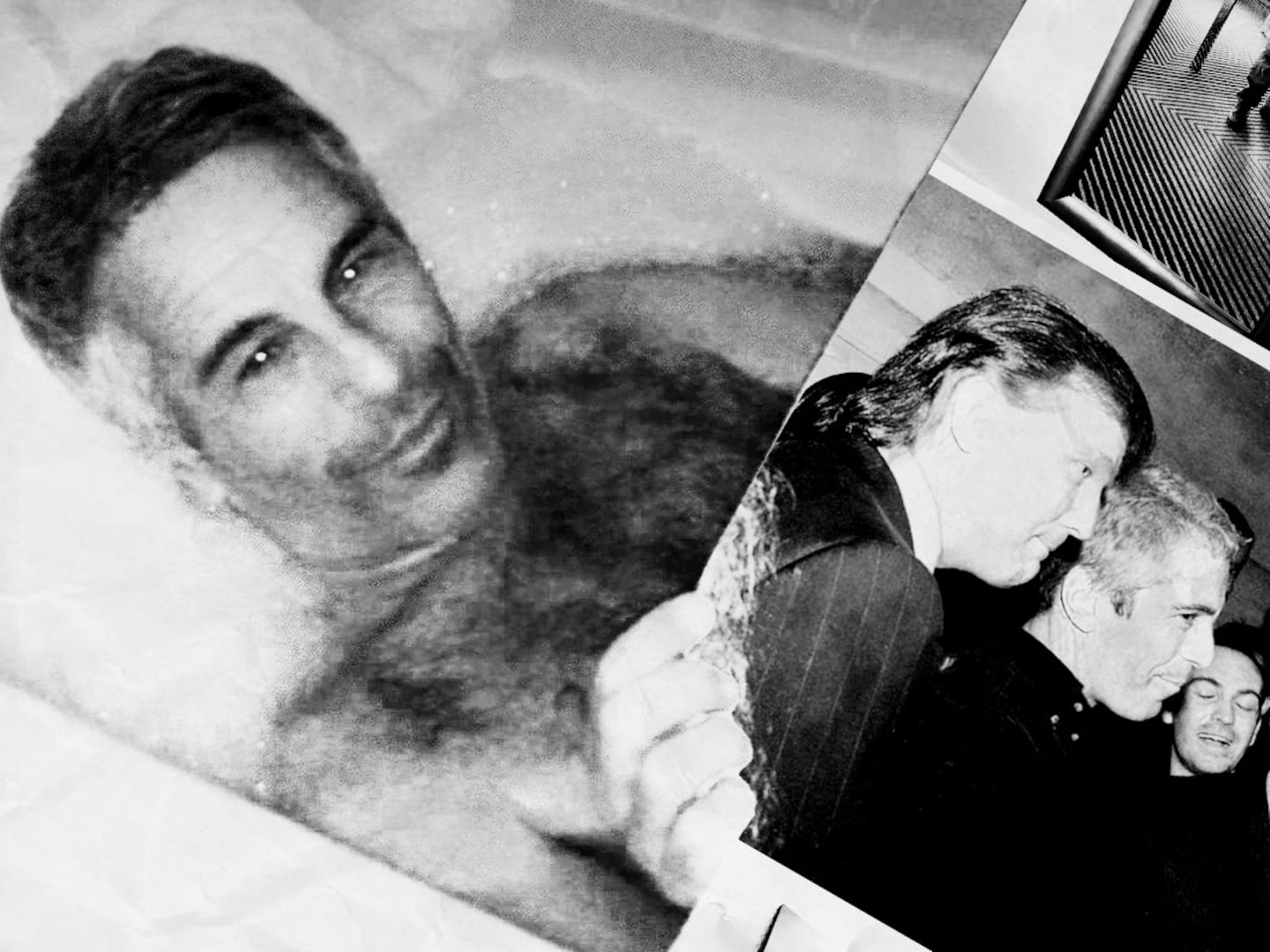There was a controversial four-letter word aired during last night’s Super Bowl—not the kind that gets you in trouble with the FCC, but the kind that advances LGBT media representation in a small but still significant way.
The word was “them.”
In one tiny moment of Coca-Cola’s “The Wonder of Us” advertisement, a non-binary person—someone who doesn’t identify as either male or female—appeared and the ad’s voiceover used the singular, gender-neutral pronoun “them” to refer to, well, them. It was a fleeting moment but eagle-eyed watchers noticed both the use of the “they” pronoun and the rainbow lanyard draped around the non-binary person’s neck. The shout-out to LGBT viewers was as crystal clear as it was quick.
“There’s a Coke for he and she and her and me and them,” the ad declared, as a diverse array of soda slurping faces flashed across the screen. “There’s a different Coke for all of us.”
To be clear, this advertisement was Coke’s marketing department at its finest : Making the experience of drinking their carbonated elixirs seem somehow synonymous with the fact of being human. This non-binary moment comes from a company that has implored us to “taste the feeling,” as if pure emotion is something that can be ingested. That messaging works, too—and even a hardened cynic like me has a fridge full of Coca-Cola Vanilla Zero that I am convinced can wash away all my sorrow even though I know nothing can.
So, as Matt Kemper wrote for the Atlanta Journal-Constitution in his own analysis of the ad, it is “good to remember this is still about a company trying to build brand, win friends, and sell drinks.” Capitalism is still capitalism with all of its attendant problems.
Still given the severe underrepresentation—indeed, the near invisibility of non-binary people in the media, the importance of 100 million people hearing“them” used as a gender-neutral, third-person pronoun cannot be overstated. People from all swaths of society watch the Super Bowl, including an audience that might never have been exposed to a transgender or gender non-conforming person in real life. These are the sort of baby steps that change the media landscape, little by little.
LGBT viewers were quick to notice the “them” across social media. LGBT media advocacy group GLAAD, in particular, unleashed a stream of heart and crying emojis in response to the ad, which also featured a same-sex couple.
If Coca-Cola itself didn’t have LGBT-friendly policies, the ad would seem like a crass attempt to exploit diversity to sell soda—and some particularly critical viewers will say that it already does just that. But it’s worth noting that the company has a perfect 100 score on the Human Rights Campaign’s Corporate Equality Index. The score indicates the company offers transgender-inclusive health insurance coverage and includes gender identity in its equal employment opportunity policy.
But less important than the actual corporate vehicle for the non-binary moment is the moment itself, which comes after years of tedious debate over the use of “they” as a singular, gender-neutral pronoun. Despite the Associated Press style guide allowing gender-neutral singular pronouns and Merriam-Webster’s veritable social media rampage of late reminding people that there are centuries of precedent for using “they” as a singular pronoun—there is still widespread resistance to the usage, even in liberal circles.
In fact, last May, a New York Times op-ed misgendered non-binary actor Asia Kate Dillon, who appears in the Showtime series “Billions.” In a follow-up column, then-public editor for the Times Liz Spayd explained that “opinion editors, who generally follow the style and usage guidelines of the newsroom, were under the impression that ‘they’ could not be used as a singular pronoun.” As I wrote at the time, the editors “took someone else’s identity in[to] their hands and reshaped it to fit the demands of a style guide.” One of the first and certainly the most prominent non-binary person to appear on television couldn’t even be granted the dignity of the four letters that best describe their identity.
And if The New York Times has this much trouble with “they,” you can imagine how the far-right media feels about non-binary people adopting the pronoun as their own. Mocking pronoun choices by transgender people is practically a pastime among that crowd.
But non-binary people aren’t going anywhere. An unweighted 36 percent of the thousands of respondents to the 2015 U.S. Trans Survey identified as non-binary. If that’s anything close to indicative of the ratio of binary transgender people to non-binary people, that means there are hundreds of thousands of American adults who don’t identify as either male or female. And market research, as Broadly has previously reported, suggests that Generation Z is especially likely to embrace non-binary identification. Fifty six percent of 13-to-20-year-olds told the J. Walter Thompson Innovation Group that they knew someone who used “they” as their pronoun.
To whatever extent the inclusion of a non-binary person was motivated by an attempt to capture millennial beverage buyers, the net effect is the same: Super Bowl viewers, even the socially conservative ones who might not be keen on transgender rights, heard the use of a pronoun that is only going to grow more common in the coming years.
Judging by the rate at which young people now feel comfortable identifying as LGBT and gender non-conforming, including a non-binary person in a widely-watched TV advertisement will one day be unexceptional, barely worthy of note. At some point, those four letters will be about as normal to overhear as “he” or “she.”
But last night, “they” mattered.






